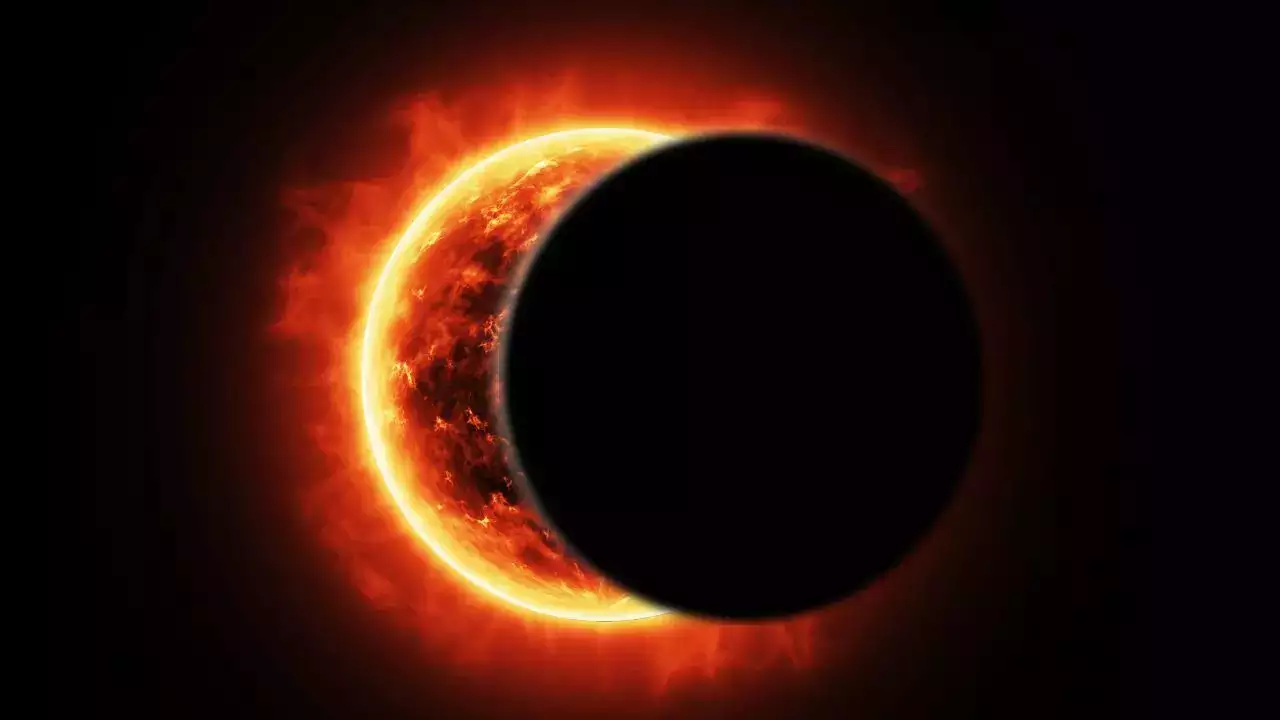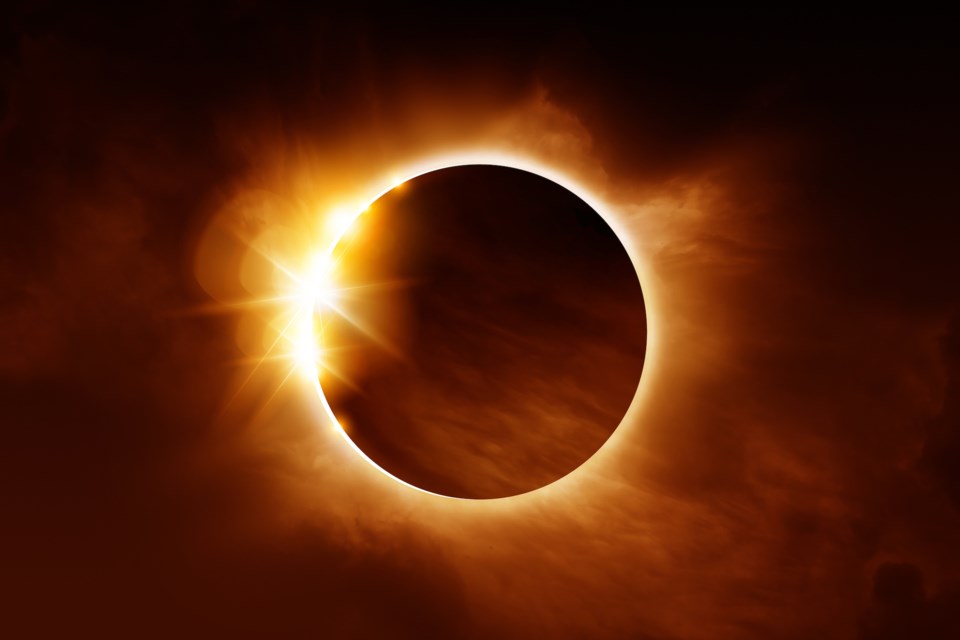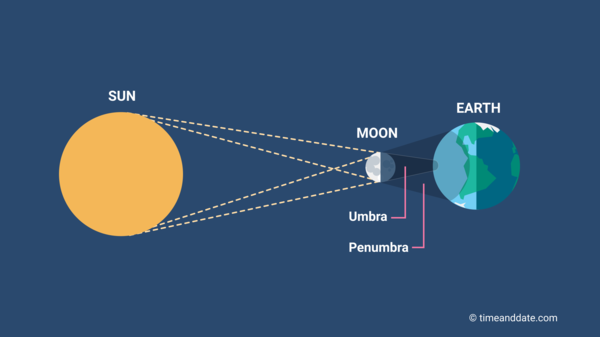TOTAL SOLAR ECLIPSE: Over two centuries ago, biologist Jan Evangelista Purkyně observed that red blossoms seemed bright carmine during sunny days but changed to a deep, subdued hue at night.
The phenomenon, now known as the Purkinje effect, explains why colors vary depending on the light present. In low light, bright reds appear deeper, faded, and often practically black, while blues and greens become more vibrant — and a total solar eclipse is an excellent occasion to witness this transformation.
Wear Red And Green To Experience The Purkinje Effect During The Total Solar Eclipse
Typically, the Purkinje effect occurs gradually as day gives way to night. The eyes, which have two types of light-sensitive receptors, begin to switch from using cone cells, which tell the brain what color is seen in bright light, to relying on rod cells, which take over in low light and typically only pick up blue-green wavelengths well, according to Will Snyder, manager of the Saint Louis Science Center’s James S. McDonnell Planetarium in Missouri.
On August 21, 2017, the sun’s corona was seen as the moon passed in front of it during a complete solar eclipse at Big Summit Prairie ranch in Oregon’s Ochoco National Forest near Mitchell.
During the complete solar eclipse that will span Mexico, the United States, and Canada on April 8, the moon will gradually block the sun’s face, reducing the quantity of light available to the eye. Therefore, color perception will be similar to what it is during twilight.
“What we are witnessing with the Purkinje effect is not real. “It’s just how our eyes and brains interpret light,” Snyder explained. As we get into the totality of the darkening of the sky, our eyes don’t have time to keep up with those changes, so one of the consequences is that things that are red tend to look much more muted (in comparison with) things that are blue or green in color.”
According to the University of Texas at Austin, during the eclipse’s twilight conditions, the eyes’ cones and rods will begin to work simultaneously due to the rapid transition from light to dark, rather than the usual handoff of cones to rods, which can take 30 to 45 minutes. Snyder stated that the cones cannot fully pick up colors in low light situations, whereas the rods will catch up on blues and greens, making those hues more immediately discernible than other colors.
Wear Red And Green To Experience The Purkinje Effect During The Total Solar Eclipse
This period of adjustment in which both cones and rods are active is known as mesopic vision. The shift will be most evident a few minutes before totality, when the moon appears to totally hide the sun. According to the Saint Louis Science Center, mesopic vision gives the surroundings a gray or “sepia tone” appearance.
According to Dr. Grady Rylander III, a licensed ophthalmologist and professor in the Department of Biomedical Engineering at the University of Texas at Austin, people who are not in the path of totality may still perceive the effect depending on the degree of darkness they encounter. According to The Planetary Society, a partial eclipse that obscures more than half of the sun will cause daylight to decrease.
To see the Purkinje effect, people must remove their eclipse glasses, but only when looking at their surroundings, according to Rylander. “If you look directly at the sun, you must wear eclipse glasses or risk permanently damaging your retina. … “The Purkinje effect is visible if you look at objects around you during occlusion rather than the sun,” Rylander wrote in an email.
Snyder recommends wearing red and green while witnessing the solar event to accentuate the shifts in color saturation.
However, Snyder believes the difference will be more obvious because the change from daylight to less intense evening light occurs very quickly during an eclipse.
Wear Red And Green To Experience The Purkinje Effect During The Total Solar Eclipse
“It’s April, but if people have like a Christmas shirt with red and green stripes or something, those can be really interesting to look at, having those two colors side by side and just seeing how they appear to change to our eyes,” Snyder went on to say.
He pointed out that since the phenomena are a result of how human eyes interpret light, they are impossible to capture on camera.
“What makes (total solar eclipses) exciting is the relative rarity and all the cool phenomena that’s associated with it,” Snyder said in a statement. “You can just add this effect to that whole list of reasons why eclipses are cool.”
SOURCE – (CNN)












